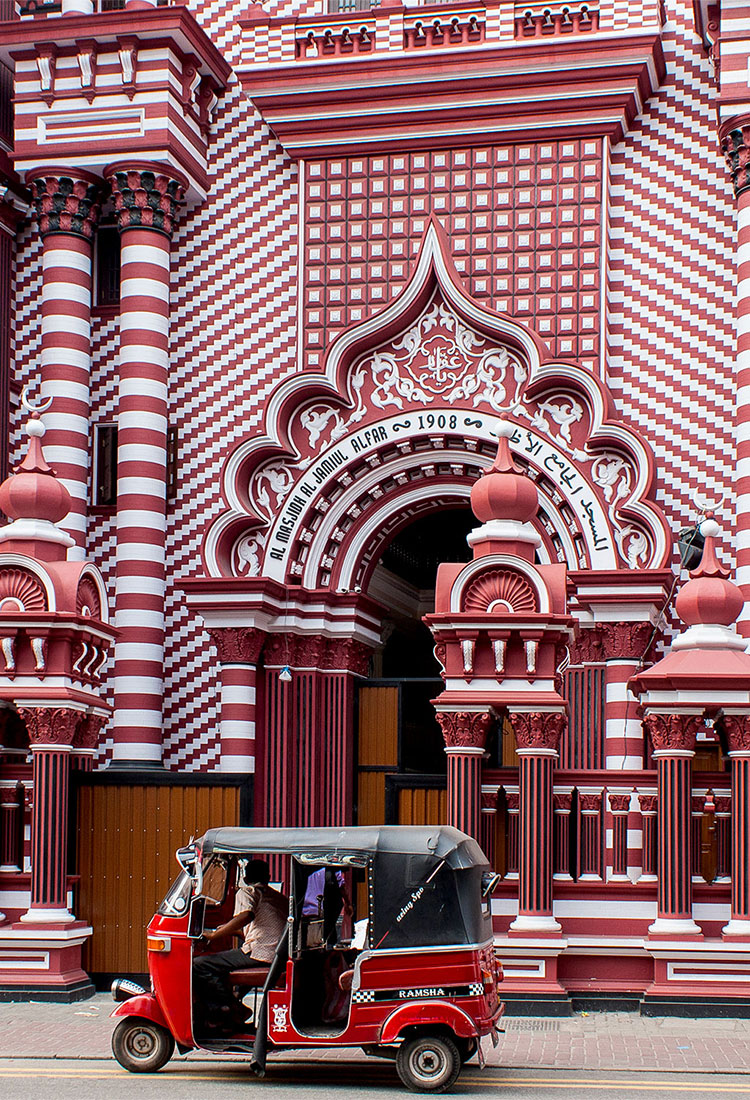Scientists estimate there are approximately 11,000 permanently inhabited islands in the planet’s lakes, oceans, and seas. More than 730 million people — nearly 10% of Earth’s population — live on islands. While some are tiny, remote outcroppings home to only a handful of people, other islands host some of the globe’s most congested urban areas. Below, discover the 10 most populous islands in the world.
10. Sri Lanka
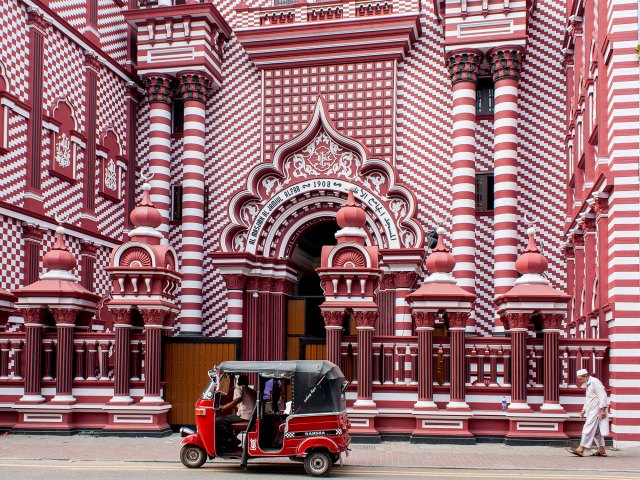
Separated from the southern tip of India by the Palk Strait, Sri Lanka is roughly the size of West Virginia, but much more densely populated. Much of the island’s estimated population of 22 million people is concentrated in the southern part of the island, where the country’s largest city and industrial center, Colombo, is located. These flat coastal areas give rise to the Central Highlands, a region of stunning mountains and land ridges recognized as a UNESCO World Heritage Site. Rivers crisscross the island, providing a rich soil system for evergreen forests and terraced paddy fields. A variety of religions and fascinating cultural traditions coexist in Sri Lanka, with literature, art, and dance all dating back more than 2,500 years.
9. Hispaniola
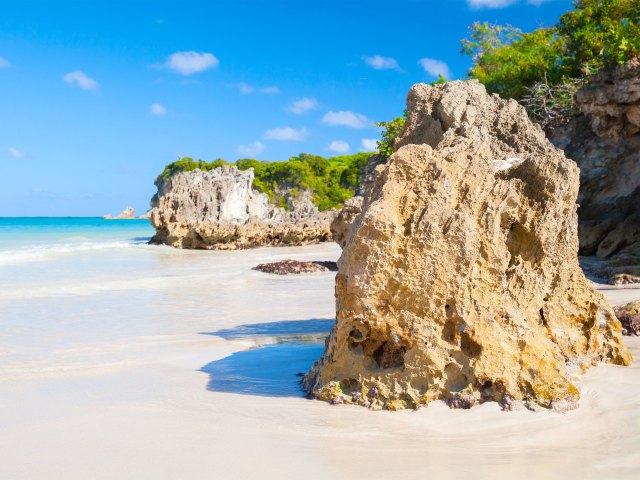
The Caribbean island of Hispaniola is the second-largest in the region by area (after Cuba) but home to the largest population, with over 20 million people calling the island home. Part of the Greater Antilles, it is divided into two countries that are home to an estimated 22 million people: Haiti covers the western part of Hispaniola, while the eastern two-thirds comprise the Dominican Republic. The island was a key strategic spot for the Spanish during the colonial era. Today, much of the original forest has been removed to make room for cultivation of coffee, rice, tobacco, and cacao. The Dominican Republic also has a thriving tourist industry, while Haiti is home to a number of colonial landmarks.
8. Taiwan
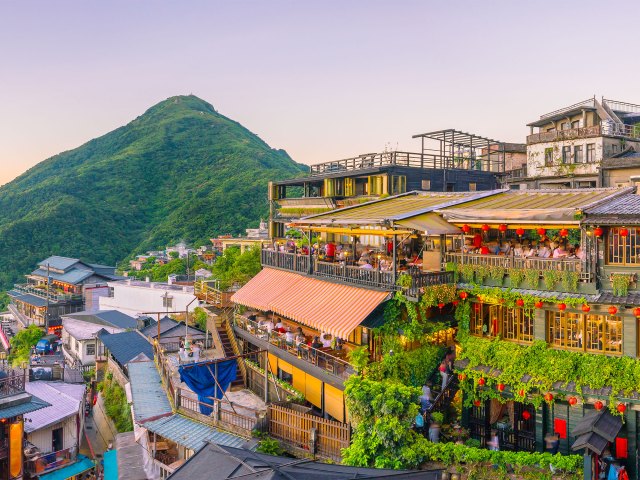
The island of Taiwan has a land area of about 14,000 square miles, but almost 24 million people are packed into that space, making it one of the most densely populated places on Earth. While Taiwan is widely known for its manufacturing industries, the country also has much to offer tourists, including the National Palace Museum and its permanent collection of more than 650,000 ancient Chinese artifacts. The 89th-floor observation deck of Taipei 101 (once the tallest building in the world) offers gorgeous views of the Taipei skyline. And you won’t go hungry when exploring the capital: There are night markets galore, with plenty of opportunities to try Taiwan’s beloved dumplings.
7. Mindanao
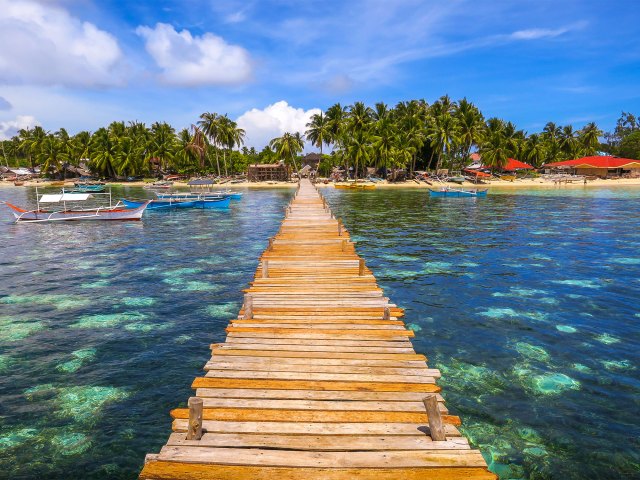
Mindanao is the second-most populous island in the Philippines, but despite the island being home to over 26 million people, it’s still possible to find secluded spots away from the crowds. Mount Apo, the country’s highest peak at 9,692 feet above sea level, is technically still an active volcano, although, like most throughout the archipelago, it hasn’t erupted in many years. There are beach resorts around the island, and water sports such as scuba diving and surfing are a big attraction. One added bonus is the climate: May is the warmest month with an average temperature of 83 degrees Fahrenheit, but even the coolest month, January, enjoys an average of 78 degrees Fahrenheit.
6. Madagascar
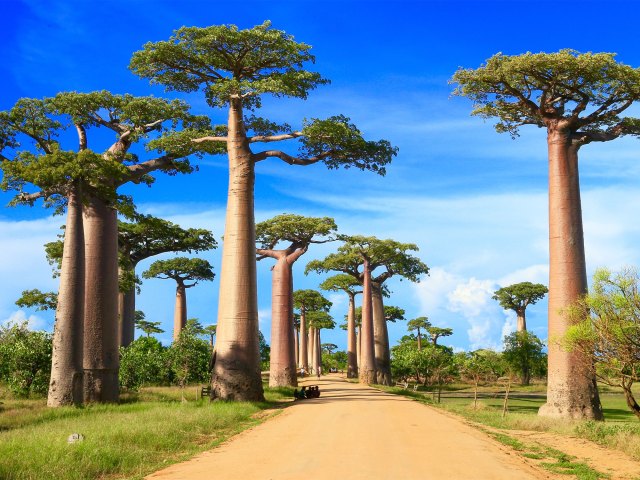
The fourth-largest island in the world by area, Madagascar brings together both African and South Asian cultures. Although it lies just 250 miles off the coast of Mozambique, much of its 28 million people are culturally closer to the former French colonies of western Africa. A major attraction of Madagascar is its wildlife. The island’s geographic isolation means that 90% of species here are endemic, including 40 species of lemurs and multiple varieties of birds, butterflies, and chameleons. In terms of island culture, the Zafimaniry community has earned a spot on the UNESCO World Heritage List for its decorative woodcraft tradition.
5. Luzon
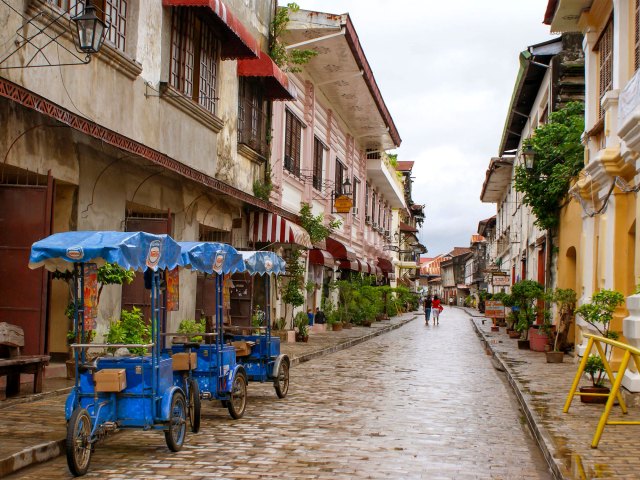
The Philippines consists of more than 7,000 islands, but even so, more than half of the nation’s population (approximately 57,000 people) lives on Luzon. The capital city, Manila, is a bustling hub of culture and shopping. Spanish colonial architecture lines the streets, and the city is also home to one of the world’s oldest Chinatowns. In the north, Balbalasang Balbalan National Park is a biodiverse forest park, protected by local elders. Luzon is also rich in natural resources: Iron, copper, gold, and manganese are all mined here, while coconuts, rice, sugar, mangoes, and bananas are key agricultural crops.
4. Sumatra
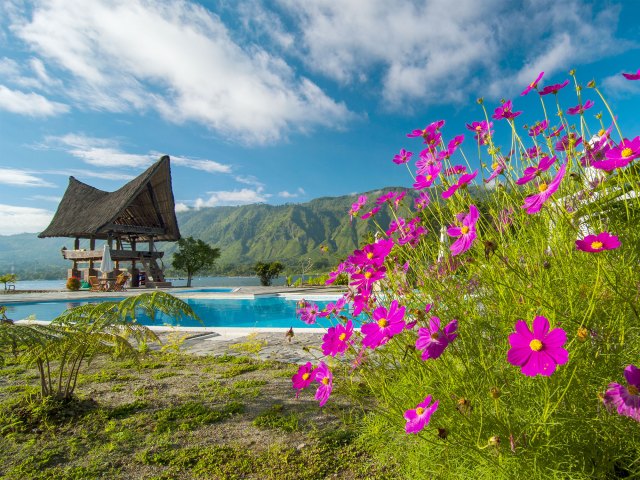
Sumatra is the second-largest and the second-most populated island in the Asian nation of Indonesia, home to an estimated 60 million inhabitants. Although you certainly won’t be exploring the island alone, Sumatra has much to offer visitors who want to get off the beaten path. Large expanses of the island’s rainforests remain unspoiled. On the southern part of the island, Sembilang National Park is home to several endangered species, including the Sumatran tiger and the siamang, a black-furred gibbon primate, as well as elephants, bears, leopards, and more than 213 species of birds.
3. Great Britain
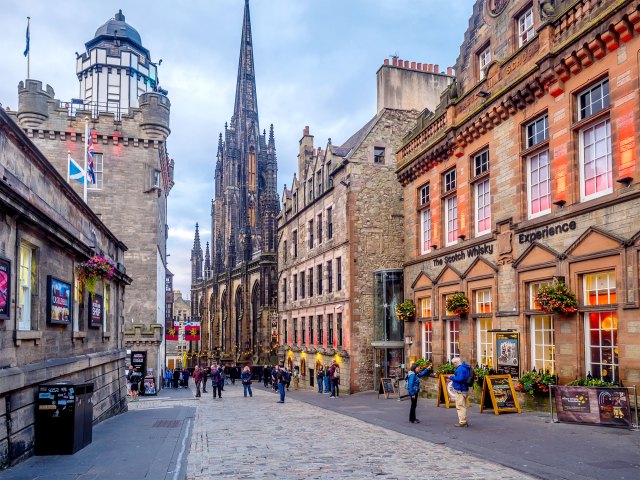
Great Britain is an island consisting of the countries of England, Scotland, and Wales. Together with Northern Ireland and various other island communities off the coast, it makes up the United Kingdom. The largest island in Europe, Great Britain is home to an estimated 65 million of the U.K.’s 67 million residents. The English (and U.K.) capital, London, is located here, as are Edinburgh and Cardiff, the Scottish and Welsh capitals. With a rich history stretching back more than 5,000 years, the island has plenty to explore. Popular tourist destinations include Stonehenge, castles, and the island’s many coastal resorts. Further north, the more rugged terrain is suitable for climbing and other outdoor adventures.
2. Honshu
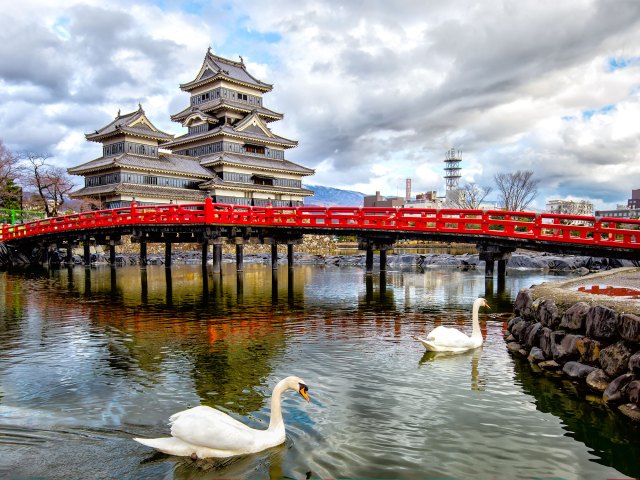
Honshu, Japan’s largest island, is also the second-most populous island in the world with approximately 104 million inhabitants. Many of the country’s biggest cities — including Tokyo (the world’s most populous city), Yokohama, Osaka, and Kyoto — are found on Honshu, and are all extremely densely populated. The island’s highest mountain, Mount Fuji, is a treasured national symbol, while Biwa, Japan’s largest lake and a popular tourist resort, is also located on Honshu. Like the rest of Japan, Honshu offers a fascinating mix of the ultramodern and the traditional — even among the bright lights of Tokyo’s business district, you can easily turn a corner to find a Shinto shrine.
1. Java
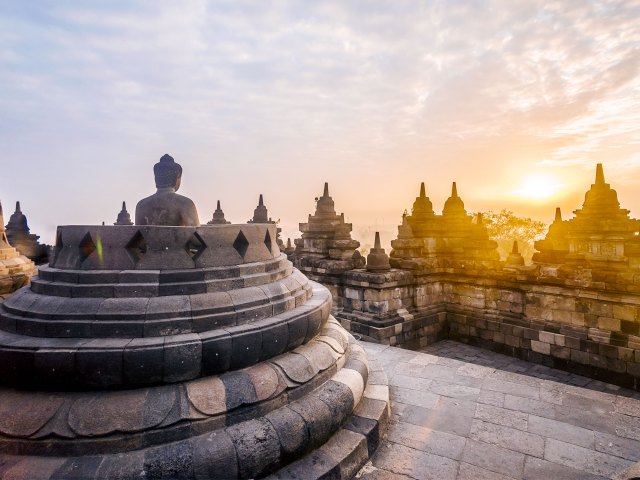
Java tops the list as the world’s most populous island. Although it is not the largest island in Indonesia by area, it is where more than half of the country’s population lives — an estimated 156 million people. Located on the Pacific Ring of Fire, Java is home to many volcanoes, including Mount Semeru, the highest peak on the island. The large number of volcanoes makes for rich, fertile soil, and dense rainforests and bamboo woodlands cover much of the island.. The population density on the island is an average of 2,600 people per square mile, but don’t let this fool you: While the cities are growing rapidly, much of Java’s population is still very rural.
More from our network
Daily Passport is part of Optimism, which publishes content that uplifts, informs, and inspires.






